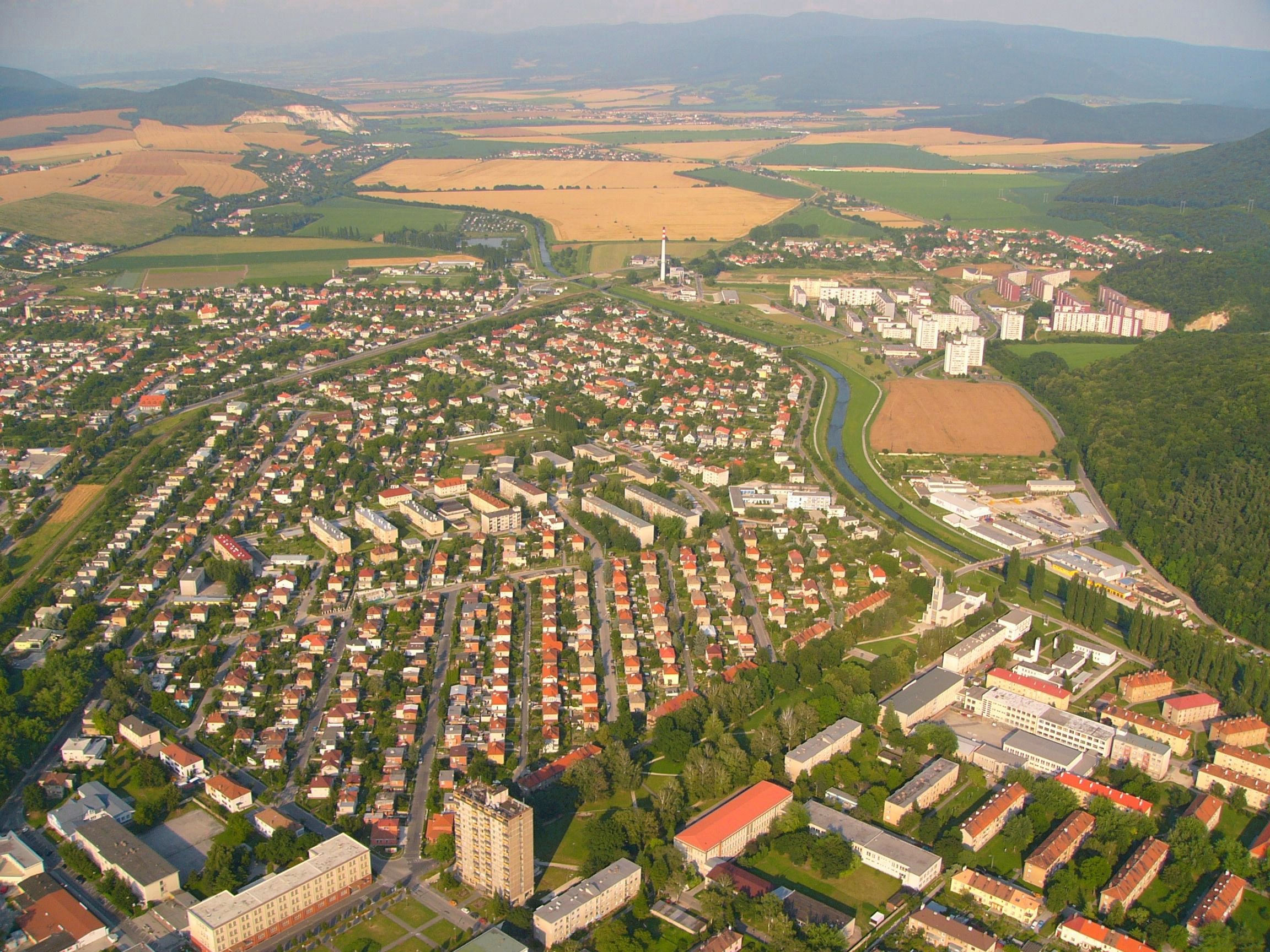
Urban planning
Urban planning, also known as town planning, city planning, regional planning, or rural planning in specific contexts, is a technical and political process that is focused on the development and design of land use and the built environment, including air, water, and the infrastructure passing into and out of urban areas, such as transportation, communications, and distribution networks, and their accessibility.[1] Traditionally, urban planning followed a top-down approach in master planning the physical layout of human settlements.[2] The primary concern was the public welfare,[1][2] which included considerations of efficiency, sanitation, protection and use of the environment,[1] as well as effects of the master plans on the social and economic activities.[3] Over time, urban planning has adopted a focus on the social and environmental bottom lines that focus on planning as a tool to improve the health and well-being of people, maintaining sustainability standards. Similarly, in the early 21st century, Jane Jacobs's writings on legal and political perspectives to emphasize the interests of residents, businesses and communities effectively influenced urban planners to take into broader consideration of resident experiences and needs while planning.
"Urban development" redirects here. For actual development, see urbanization. For negative effects, see urban sprawl.
Urban planning answers questions about how people will live, work, and play in a given area and thus, guides orderly development in urban, suburban and rural areas.[4] Although predominantly concerned with the planning of settlements and communities, urban planners are also responsible for planning the efficient transportation of goods, resources, people, and waste; the distribution of basic necessities such as water and electricity; a sense of inclusion and opportunity for people of all kinds, culture and needs; economic growth or business development; improving health and conserving areas of natural environmental significance that actively contributes to reduction in CO2 emissions[5] as well as protecting heritage structures and built environments. Since most urban planning teams consist of highly educated individuals that work for city governments,[6] recent debates focus on how to involve more community members in city planning processes.
Urban planning is an interdisciplinary field that includes civil engineering, architecture, human geography, politics, social science and design sciences. Practitioners of urban planning are concerned with research and analysis, strategic thinking, engineering architecture, urban design, public consultation, policy recommendations, implementation and management.[2] It is closely related to the field of urban design and some urban planners provide designs for streets, parks, buildings and other urban areas.[7] Urban planners work with the cognate fields of civil engineering, landscape architecture, architecture, and public administration to achieve strategic, policy and sustainability goals. Early urban planners were often members of these cognate fields though today, urban planning is a separate, independent professional discipline. The discipline of urban planning is the broader category that includes different sub-fields such as land-use planning, zoning, economic development, environmental planning, and transportation planning.[8] Creating the plans requires a thorough understanding of penal codes and zonal codes of planning.
Another important aspect of urban planning is that the range of urban planning projects include the large-scale master planning of empty sites or Greenfield projects as well as small-scale interventions and refurbishments of existing structures, buildings and public spaces. Pierre Charles L'Enfant in Washington, D.C., Daniel Burnham in Chicago, Lúcio Costa in Brasília and Georges-Eugene Haussmann in Paris planned cities from scratch, and Robert Moses and Le Corbusier refurbished and transformed cities and neighborhoods to meet their ideas of urban planning.[9]
Criticisms and debates[edit]
The school of neoclassical economics argues that planning is unnecessary, or even harmful, as it market efficiency allows for effective land use.[34] A pluralist strain of political thinking argues in a similar vein that the government should not intrude in the political competition between different interest groups which decides how land is used.[34] The traditional justification for urban planning has in response been that the planner does to the city what the engineer or architect does to the home, that is, make it more amenable to the needs and preferences of its inhabitants.[34]
The widely adopted consensus-building model of planning, which seeks to accommodate different preferences within the community has been criticized for being based upon, rather than challenging, the power structures of the community.[35] Instead, agonism has been proposed as a framework for urban planning decision-making.[35]
Another debate within the urban planning field is about who is included and excluded in the urban planning decision-making process. Most urban planning processes use a top-down approach which fails to include the residents of the places where urban planners and city officials are working. Sherry Arnstein's "ladder of citizen participation" is often used by many urban planners and city governments to determine the degree of inclusivity or exclusivity of their urban planning.[36] One main source of engagement between city officials and residents are city council meetings that are open to the residents and that welcome public comments. Additionally, in USA there are some federal requirements for citizen participation in government-funded infrastructure projects.[6]
Participatory urban planning has been criticized for contributing to the housing crisis in parts of the world.[37]